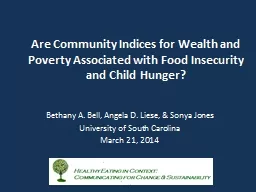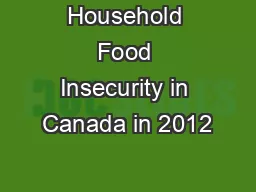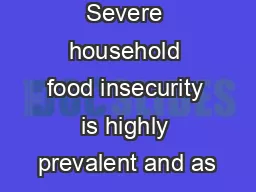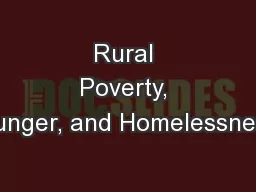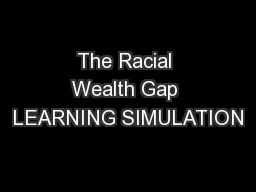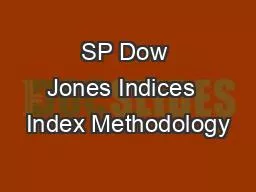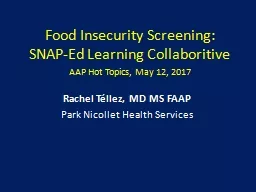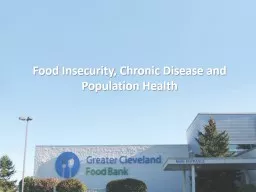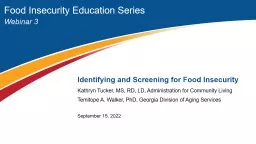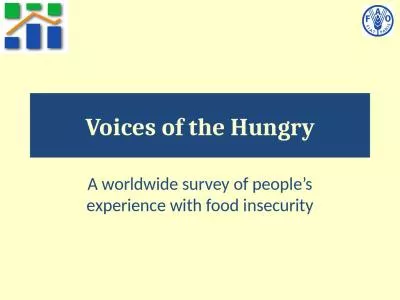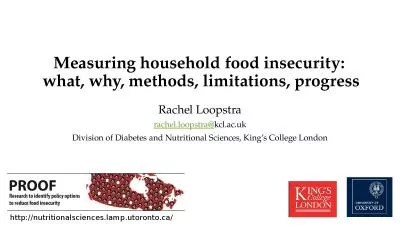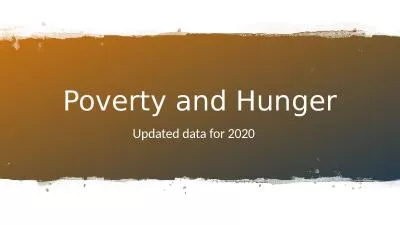PPT-Are Community Indices for Wealth and Poverty Associated with Food Insecurity and Child
Author : tawny-fly | Published Date : 2019-10-30
Are Community Indices for Wealth and Poverty Associated with Food Insecurity and Child Hunger Bethany A Bell Angela D Liese amp Sonya Jones University of South Carolina
Presentation Embed Code
Download Presentation
Download Presentation The PPT/PDF document "Are Community Indices for Wealth and Pov..." is the property of its rightful owner. Permission is granted to download and print the materials on this website for personal, non-commercial use only, and to display it on your personal computer provided you do not modify the materials and that you retain all copyright notices contained in the materials. By downloading content from our website, you accept the terms of this agreement.
Are Community Indices for Wealth and Poverty Associated with Food Insecurity and Child: Transcript
Download Rules Of Document
"Are Community Indices for Wealth and Poverty Associated with Food Insecurity and Child"The content belongs to its owner. You may download and print it for personal use, without modification, and keep all copyright notices. By downloading, you agree to these terms.
Related Documents

